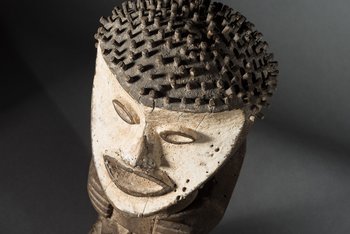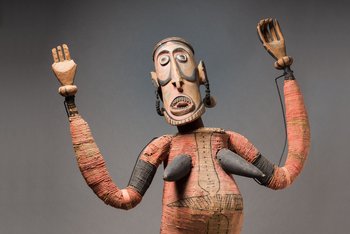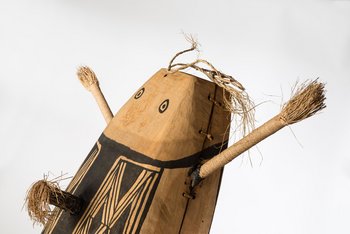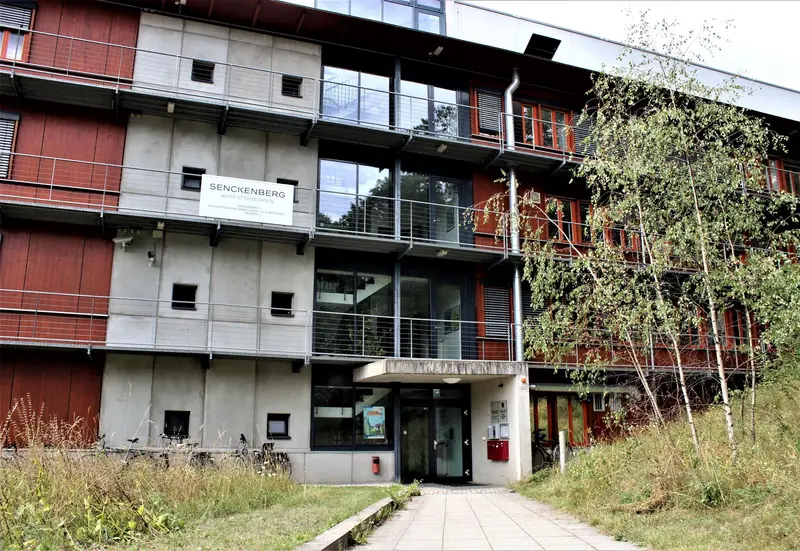Bibliothek des Museums für Völkerkunde Dresden
Zur Wetterwarte 9, 01109 Dresden
Nutzungsbedingungen

The museum traces its origins to the Kunstkammer founded by August I, Elector of Saxony, in 1560. The collection, which was established by him and his successors reflects the need for representation on the part of the princely court as well as the rulers’ interest in extra-European arts and crafts.

In the eighteenth century, the collection began to be systematically expanded according to scientific principles. In 1875, the museum was founded, offering ever since a space for the unique collection of extra-European objects. Having been open to the public at the Dresden Zwinger from 1879 to 1941, the collection lost its rooms when they were destroyed in the Second World War. In 1977, the objects were exhibited once again at the Japanisches Palais, which has been their home ever since.

The nearly 100,000 objects held by the Museum für Völkerkunde Dresden come from the most diverse regions of the five continents of the world. The singular objects, collected over the course of centuries, do not only bear witness as material objects to lost worlds and bygone periods and cultures; they also represent thousands of collectors.
In 2004, the ethnographical museums in Dresden, Leipzig and Herrnhut merged, forming the second largest group of ethnographical collections in Germany after the Berlin collections, and in 2010 they joined the Staatliche Kunstsammlungen Dresden. In addition to more than 300,000 objects, their joint holdings include 200,000 photographs.
Zur Wetterwarte 9, 01109 Dresden
Nutzungsbedingungen
